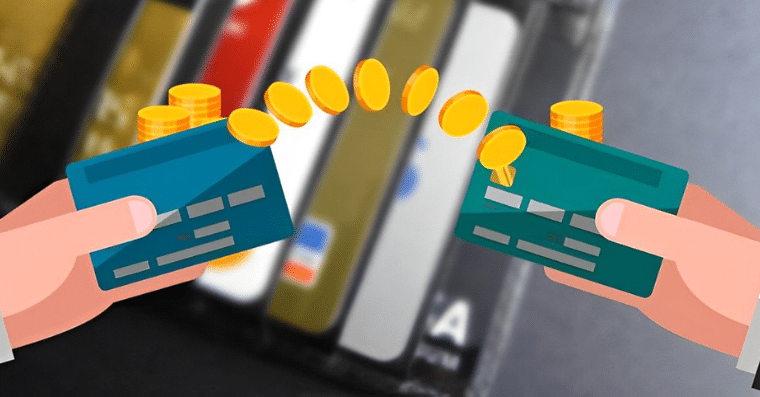Transferring your credit card balance, also known as balance transfer, is a way to move your credit card debt from one card to another card, usually with the goal of obtaining a lower interest rate or more favourable terms. This can be a good option for people who are struggling to pay off their credit card debt due to high interest rates.

Steps to transfer your credit card balance:
- Find a credit card with a lower interest rate or more favorable terms than your current card. You can compare credit cards online or speak with a financial advisor to find the best option for you.
- Contact the credit card issuer to request a balance transfer. You will need to provide them with the account information for your current credit card and the amount you want to transfer.
- Wait for the balance transfer to be approved. The credit card issuer may need to review your credit history and financial situation before deciding whether to approve the transfer.
- Once the transfer is approved, the credit card issuer will pay off your current credit card balance and move it to your new credit card. You will then start making payments on your new credit card, with the hope of paying off your debt at a lower interest rate or with more favorable terms.
Several ways to transfer a credit card balance:
- Balance transfer credit card: You can apply for a credit card that allows balance transfers and transfer your balances to the new card. Be sure to check the balance transfer fee and the ongoing interest rate on the new card.
- Personal loan: You can take out a personal loan to pay off your credit card balances. Personal loans may have a lower interest rate than credit cards, but be sure to compare the fees and terms before you decide.
- Home equity loan: If you own a home, you may be able to take out a home equity loan or line of credit to pay off your credit card balances. This can be a good option if you have significant equity in your home and can secure a low interest rate.
- Debt management plan: You can enroll in a debt management plan through a credit counseling agency. The agency will work with your creditors to negotiate lower interest rates and may be able to help you pay off your balances over time.
- Debt settlement: Debt settlement involves negotiating with your creditors to agree to accept a lump sum payment that is less than the full amount you owe. This option can be risky, as it can have a negative impact on your credit score and may result in additional fees.
Bottom line:
To transfer your credit card balance, you will need to find a credit card with a lower interest rate or more favorable terms, request a balance transfer with the credit card issuer, and wait for the transfer to be approved. Once approved, the credit card issuer will pay off your current credit card balance and move it to your new credit card, and you will begin making payments on your new credit card. This can be a good option for people who are struggling to pay off their credit card debt due to high interest rates.
